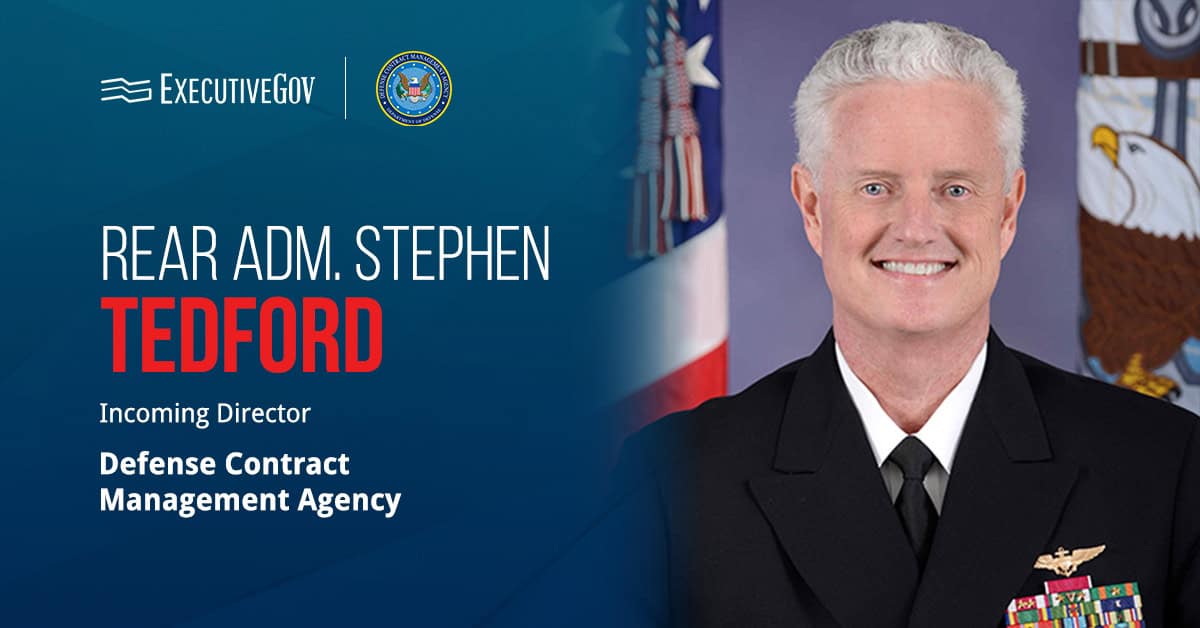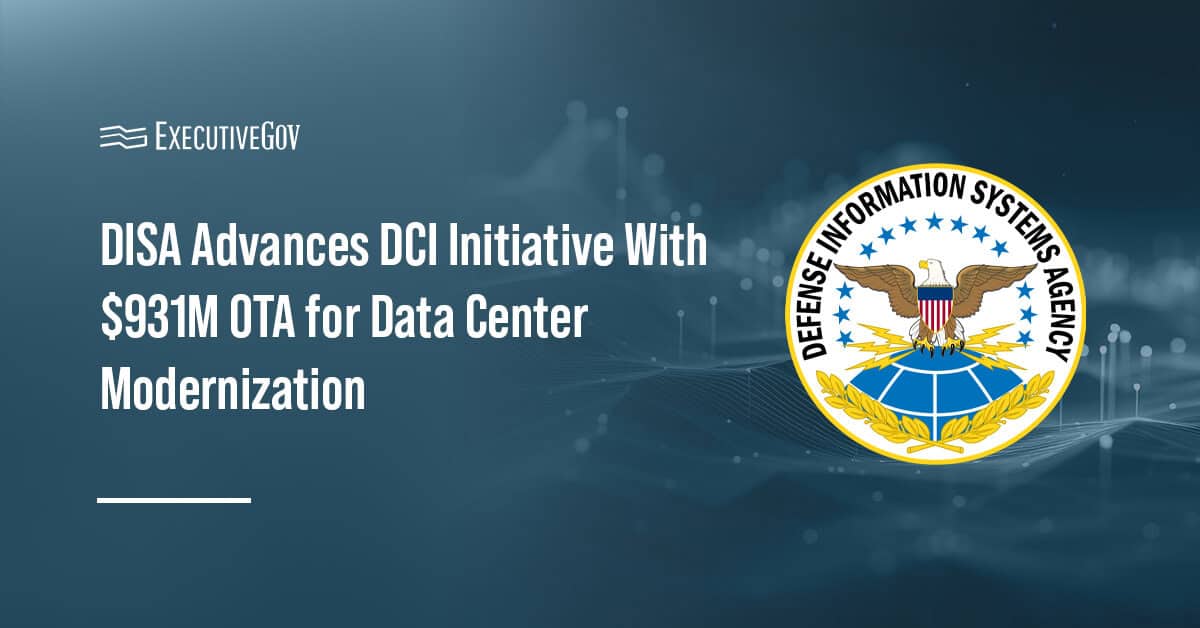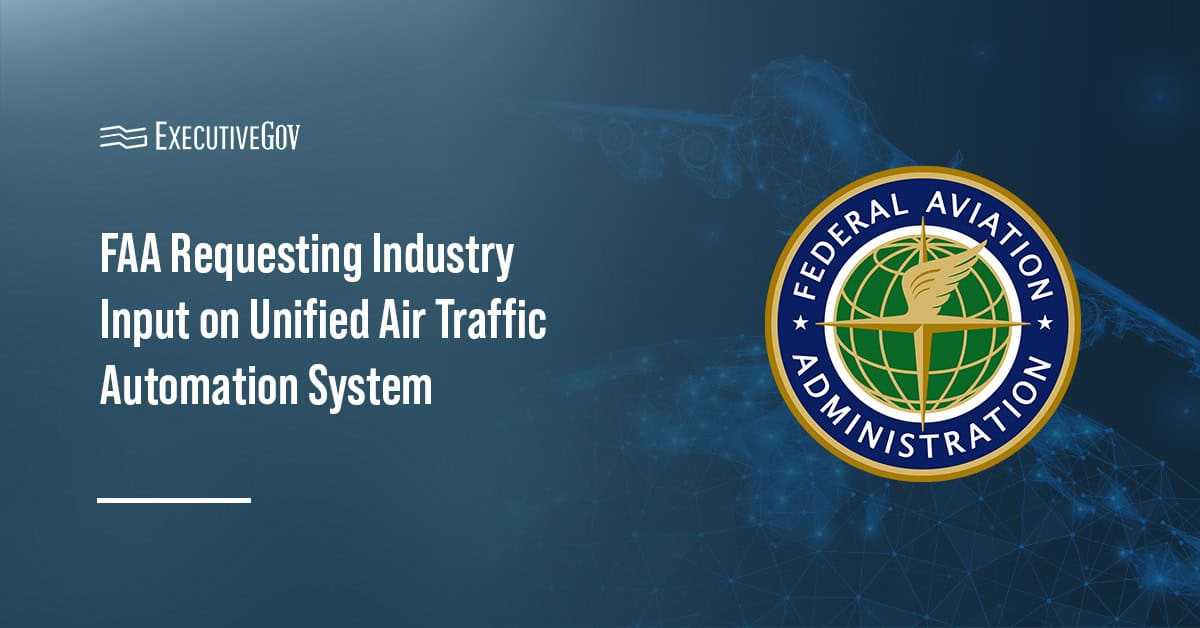
The Naval Research Laboratory has introduced a twin-engine aircraft built to join the Scientific Development Squadron’s air fleet. The UV-18 Twin Otter is an unpressurized high-wing aircraft designed to travel at maximum speeds of 190 miles per hour and reach an altitude of 13,000 feet on a six-hour flight, NRL said Tuesday.
According to NRL, the laboratory intends to use the aircraft with the VXS-1 Warlocks system, an air vehicle with payload capacity of up to 3,000Â pounds. In addition, the VXS-1 accommodates new configurations to address operating gaps and reinforce mission performance.Â
“Using our squadron’s aircraft, scientists and engineers can install and test the latest technology they are developing in an operational environment anywhere in the world,” said Erik Thomas, commanding officer for the VXS-1 fleet.





